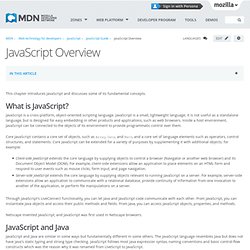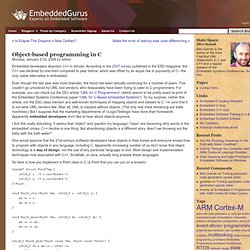

Resources. WebGL Lesson 1 – A triangle and a square. << Lesson 0Lesson 2 >> Welcome to my first WebGL tutorial!

This first lesson is based on number 2 in the NeHe OpenGL tutorials, which are a popular way of learning 3D graphics for game development. It shows you how to draw a triangle and a square in a web page. Maybe that’s not terribly exciting in itself, but it’s a great introduction to the foundations of WebGL; if you understand how this works, the rest should be pretty simple… Here’s what the lesson looks like when run on a browser that supports WebGL: Click here and you’ll see the live WebGL version, if you’ve got a browser that supports it; here’s how to get one if you don’t. More on how it all works below… A quick warning: These lessons are targeted at people with a reasonable amount of programming knowledge, but no real experience in 3D graphics; the aim is to get you up and running, with a good understanding of what’s going on in the code, so that you can start producing your own 3D Web pages as quickly as possible.
Next: …and then: ChemDoodle Web Components. JavaScript Overview - JavaScript. This chapter introduces JavaScript and discusses some of its fundamental concepts.

What is JavaScript? JavaScript is a cross-platform, object-oriented scripting language. JavaScript is a small, lightweight language; it is not useful as a standalone language, but is designed for easy embedding in other products and applications, such as web browsers. Inside a host environment, JavaScript can be connected to the objects of its environment to provide programmatic control over them.
Core JavaScript contains a core set of objects, such as Array, Date, and Math, and a core set of language elements such as operators, control structures, and statements. Client-side JavaScript extends the core language by supplying objects to control a browser (Navigator or another web browser) and its Document Object Model (DOM). Through JavaScript's LiveConnect functionality, you can let Java and JavaScript code communicate with each other. JavaScript and Java.
A Deadfire Program Master. Www.state-machine.com/resources/cplus_3.0_manual.pdf. Object-based programming in C « State Space. Embedded developers abandon C++ in droves.

According to the 2007 survey published in the ESD magazine, the C++ use declined by one-third compared to year before, which was offset by an equal rise in popularity of C—the only viable alternative in embedded. Even though the last year was most dramatic, the trend has been actually continuing for a number of years. This couldn’t go unnoticed by UML tool vendors, who desparately have been trying to cater to C programmers. For example, you can check out the DDJ article “UML for C Programmers” (which seems to be pretty exact re-print of the Embedded Systems Conference paper “UML for C-Based Embedded Systems“).
To my surprise, nether this article, nor the ESC class mention any well-known techniques of mapping objects and classes to C. I find this really disturbing. One would assume that the 21st-century software developers have objects in their bones and everyone knows how to program with objects in any language, including C.